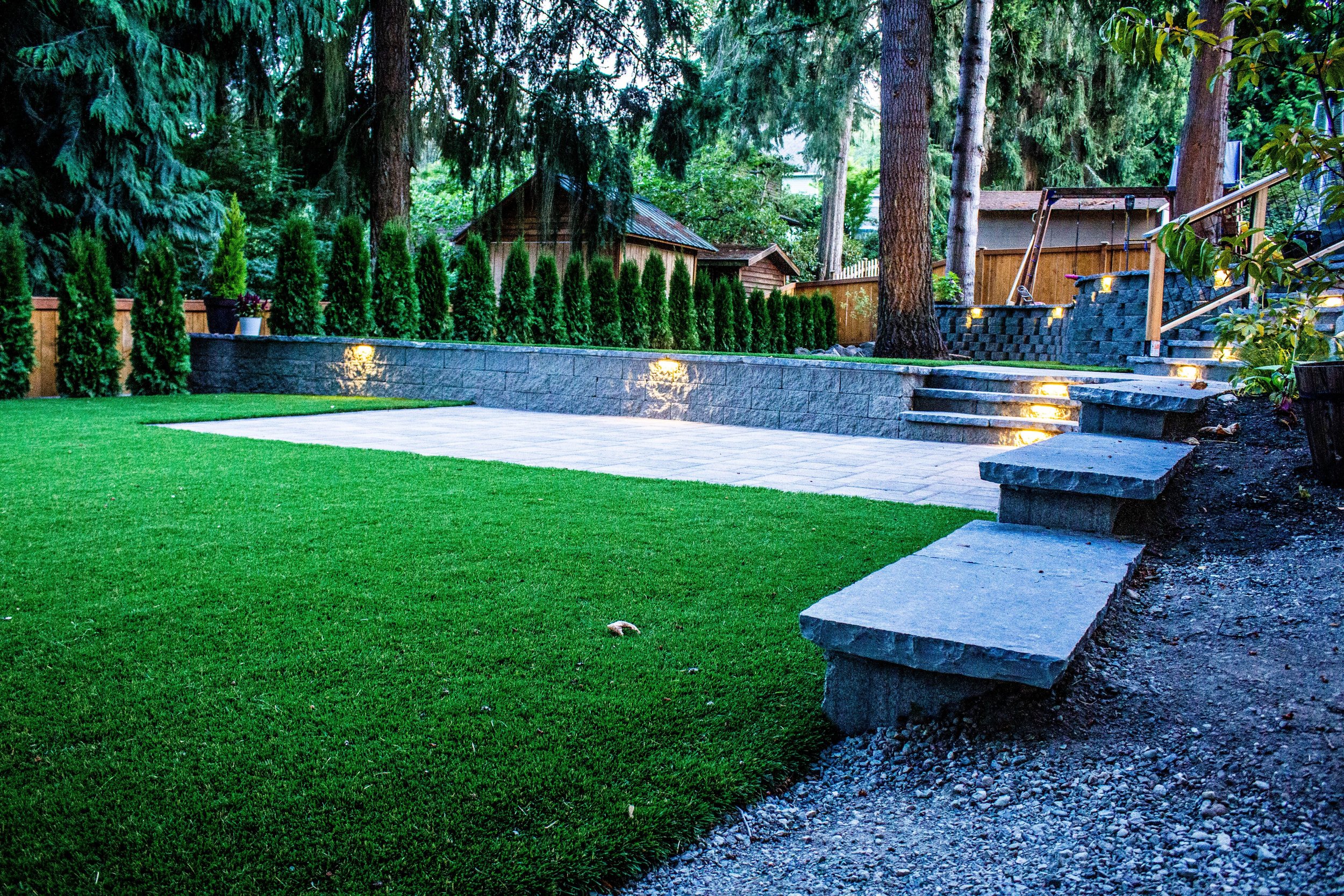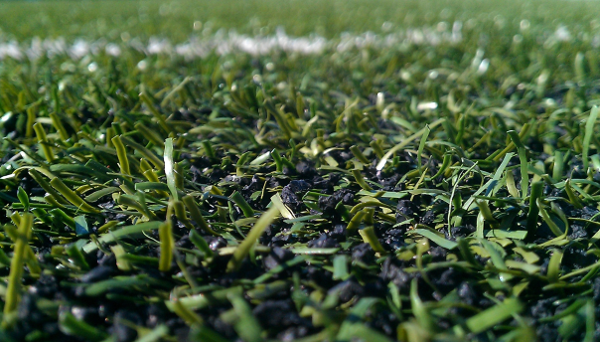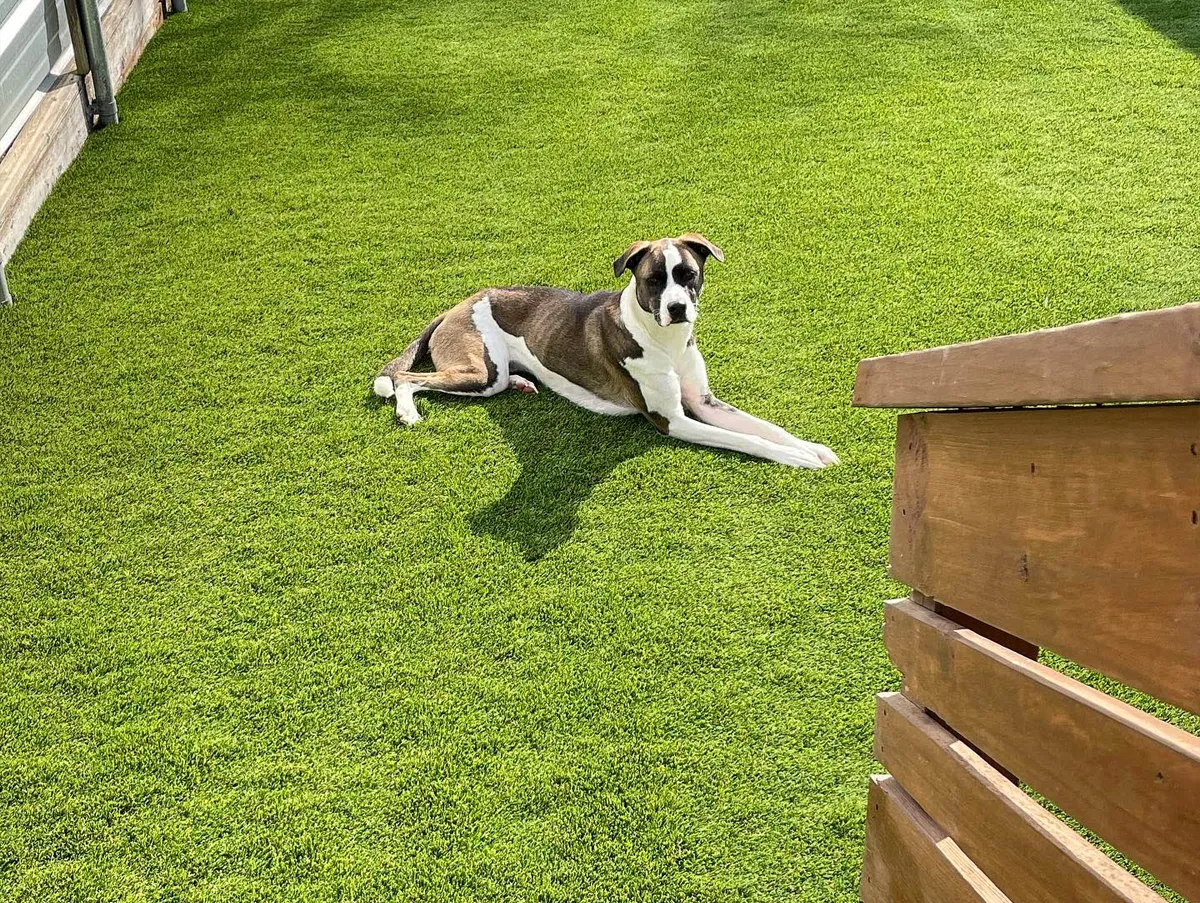See Why Homeowners Prefer Synthetic Grass for Lasting Landscape Design Practices
As property owners increasingly focus on sustainability in landscaping, man-made turf has emerged as an engaging option to conventional lawn. What continues to be to be discovered is the full range of benefits that artificial grass can offer to home owners and the setting alike.
Water Preservation Advantages
One of one of the most significant advantages of synthetic grass is its function in water conservation. Typical lawn yards require considerable quantities of water to maintain their lush appearance, frequently resulting in overuse of neighborhood water resources, particularly in dry areas. In contrast, synthetic grass eliminates this need entirely, as it does not call for irrigation. This not just conserves water yet additionally decreases the pressure on local water systems, specifically during drought conditions.
Moreover, the installment of synthetic lawn can add to a much more sustainable landscape. Property owners can considerably lower their water expenses, allowing for reallocation of resources to other environmental campaigns or house usages. Furthermore, synthetic grass is developed to endure different weather conditions without the need for supplemental watering, making it an ideal choice for regions dealing with water scarcity.
The ecological benefits prolong past immediate water cost savings. By reducing water intake, synthetic grass helps to minimize the impacts of climate modification, maintaining crucial environments that are threatened by excessive water removal. As lasting landscaping methods get grip, fabricated grass emerges as an accountable option for home owners seeking to produce green outdoor areas.
Decreased Upkeep Efforts
Fabricated turf considerably minimizes upkeep initiatives compared to typical grass yards. With synthetic yard, homeowners can eliminate the taxing tasks connected with all-natural landscaping, such as mowing, feeding, and weeding. This not just saves important time however likewise decreases physical labor, making grass treatment accessible for people of any ages.
One of the most significant advantages is the absence of regular mowing. Standard yards need constant trimming to maintain a cosmetically pleasing height, whereas synthetic grass remains constantly lush without the demand for cutting. Additionally, homeowners no more require to apply fertilizers or pesticides, which are frequently called for to keep all-natural grass healthy. This shift not just lightens the workload however additionally promotes a neater, much more uniform appearance year-round.
Furthermore, man-made turf is resilient and long lasting, needing very little upkeep past occasional cleaning and washing to eliminate debris. This simplicity of maintenance permits homeowners to appreciate their exterior rooms without the continuous worry of upkeep, providing even more time for leisure and household activities. Eventually, the reduced maintenance initiatives related to synthetic grass make it an appealing option for those seeking a low-maintenance, aesthetically appealing landscape.

Ecological Impact Reduction
There is a growing recognition of the ecological advantages connected with synthetic grass, specifically in terms of water preservation and reduced chemical use. Typical yards require significant quantities of water, particularly in drought-prone regions, causing increased stress on local water sources. On the other hand, synthetic grass gets rid of the need for watering, dramatically minimizing water consumption and advertising sustainability.
Additionally, traditional lawn maintenance frequently entails the application of fertilizers, chemicals, and herbicides, which can add to dirt and water contamination. Synthetic grass mitigates this environmental threat by requiring marginal maintenance and practically getting rid of the need for hazardous chemicals. This not just enhances dirt health but additionally secures local ecological communities from hazardous drainage.
In addition, the production of natural yard yards commonly includes making use of nonrenewable fuel sources for mowing and landscape design tools, further adding to greenhouse gas emissions. By selecting synthetic grass, property owners can dramatically decrease their carbon impact related to grass treatment tasks.
Aesthetic Allure and Flexibility
Along with its environmental advantages, synthetic grass offers significant aesthetic charm and special info adaptability for landscaping. Homeowners can accomplish a lavish, environment-friendly look year-round, removing the seasonal fluctuations frequently related to all-natural turf. This consistent visual not just improves the visual charm of a property but likewise contributes to a well-kept and polished look.
In addition, fabricated lawn is available in a range of appearances, designs, and shades, enabling for customization to fit individual preferences and design styles - Arizona artificial turf. Whether used in domestic yards, business areas, or recreational areas, it can seamlessly integrate right into varied landscape design layouts, from modern minimalist to lavish tropical setups
The versatility of synthetic grass expands beyond simple appearance; it can be installed in different locations, consisting of roofs, outdoor patios, and also interior rooms, producing possibilities for unique landscape design options. In addition, it is suitable for a variety of tasks, from children's backyard to pet-friendly environments, providing functionality without compromising design.
Ultimately, the visual appeal and flexibility of synthetic grass make it an attractive option for property owners seeking sustainable landscape design services that do not sacrifice elegance for environmental responsibility.

Long-Term Cost Cost Savings
One of the most engaging advantages of synthetic grass is its potential for long-lasting price financial savings. Unlike all-natural lawn, which calls for normal upkeep-- including mowing, watering, fertilizing, and insect control-- fabricated turf considerably minimizes these recurring expenses.
Furthermore, synthetic turf has a life expectancy of 15 to 25 years, depending on its quality and usage. This longevity decreases substitute prices, making it a much more cost-effective option in the lengthy run. Additionally, the initial investment in fabricated lawn can commonly be Continue redeemed via the cost savings accrued over time.
While the in advance expense might seem higher contrasted to sod installment, the advancing savings from reduced maintenance and water usage often surpass these preliminary expenses. Eventually, the fostering of man-made lawn not just promotes a sustainable landscaping solution however additionally uses house owners an economically savvy choice that straightens with long-term budgeting objectives.
Verdict
Artificial turf arises as a compelling option for lasting landscaping, offering substantial benefits in water preservation, decreased maintenance efforts, and decreased environmental impact. As neighborhoods significantly prioritize ecologically pleasant practices, the adoption of synthetic turf stands for a progressive step towards accomplishing resilient and sustainable landscapes.
Furthermore, synthetic turf is created to withstand numerous climatic conditions without the need for supplemental watering, making it a perfect choice view website for areas dealing with water scarcity. (Artificial turf companies phoenix)

Fabricated lawn emerges as an engaging choice for sustainable landscape design, offering significant benefits in water conservation, lowered upkeep efforts, and decreased ecological effect.